TVD Second Patriotic. 1915 year. Part of 3
This is the theater where traditionally for the Eastern Front, the fate of the campaign was decided and decided.
Battle of the Carpathians (January - 22 April 1915 g.) [22] - one of the largest strategic operations. It included the totality of hostilities, initially offensive for the South-Western Front in the framework of the planned breakthrough on the Hungarian plain, then having the character of a return battle in the context of the general operation of the Austrians and Germans to reach the Russians in Poland in the framework of the "Winter Strategic Cannes".
10 schema. Theater of the Eastern Front by the end of the Carpathian operation. Bonch-Bruevich, MD Our loss of Galicia in 1915, Part I. Through the Carpathians to Hungary in the winter of 1915. M., 1921
The Germans transferred to the Carpathians up to 100 thousands of soldiers to reinforce 45 of the Austro-Hungarian infantry divisions [23]. The Russian 8 Army of January 23 captured Mezo Laborch, and on January 26 the 12 Army Corps captured the Lupkov Pass, the key to the Hungarian Plain. March 11 The 24 Army Corps captured the main ridge of the Beskids. 16 - 19 March, the Austro-Hungarian 2 Army was defeated on the Lubenen Heights, and the following days reflected the counterattack of the Austro-Hungarian 3 Army and the German Beskid Corps. 30 March were forced by the Carpathians.
Russian troops in the Carpathians. Great struggle of nations. B. 6. M., 1916
The Carpathian battle was of major operational and strategic importance. Russian troops reached the Hungarian plain, which put the German bloc on the brink of defeat. The fortress of Przemysl fell, the German troops on the Austrian front could neither turn the tide of events in favor of the Fourth Alliance, nor reanimate the activities of their Austrian ally. However, the operation was not completed, after which the Russian army moved to a strategic defense [24].
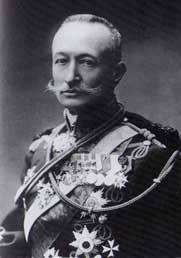
Commander 8 A cavalry general A. A. Brusilov
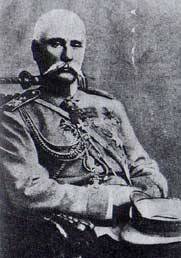
9 Commander A General of Infantry P. Lechitsky
Battle of the Carpathians - the most bloody in stories Austria-Hungary battle, finished the remnants of the once brilliant Austrian army and contributed to the transfer of the gravity of the operations of the German-Austrians in the East in the South-Western Front. The Austrians lost the ability to conduct offensive operations without the direct support of the German troops.
The Russian operations that crushed the “Winter Strategic Cannes” (Second Prasnyshskaya and Karpatskaya), as well as preparations for the Gorlitsky operation, caused intensified transfers of German-Austrian troops to the east. In March, 5 German infantry divisions (19th, 20th infantry, 82nd, 81st reserve, 11th Bavarian) and 3 cavalry (3rd, guards and Bavarian) divisions were deployed. The 11th Bavarian division arrived from Germany, all the rest from the French front. By March, the Austrians increased their grouping on the Eastern Front by about 3 divisions, maintaining this figure until June inclusive (until the advent of the Italian Front). The transfer of the Austrians laid bare their Balkan front, as evidenced, in particular, by Admiral O. R. Wulf - according to him, the 8th and 13th army, as well as the combined Krauss corps, left for the Carpathians, and in the Balkans the land assault and the Danube remained flotilla [25]. E. Falkengine testified to the same thing, saying that it was impossible to remove Austrian troops from the Carpathian front for Serbia - on the contrary, units from the Danube had to be moved to the Carpathians [26].
By the end of the Battle of the Carpathians, the 5 of the Austrian armies and up to the 5 of the German corps were concentrated in the South-Western Front. The total loss of the front in this grand battle - up to a million people [27]. Austro-German troops lost to 800000 people [28], including 150000 prisoners. Common trophies of Russian troops - up to 60 guns, up to 460 machine guns, up to 5 mortars and bomb bombers, 8 flamethrowers [29].
Trophy heavy weapon from Przemysl. Gaso
It was precisely in connection with the outcome of the Carpathian battle that the Germans planned a major strategic operation against the South-Western Front. Of the selected formations deployed from the French front, a new one was formed — the 11 — the army — the ram in breaking through the defenses of the Russian troops. The area of the breakthrough is between the Beskids and the upper Vistula - Gorlitz. In addition to the German 11 and Russian 3, the Austrian 3 and 4 and Russian 8 armies took part in the operation. The difference in the volume of artillery ammunition was extremely unfavorable for the Russians - the Germans and Austrians had 1200 shells for light and up to 600 shells for heavy guns, while Russian had up to 40 shots for the barrel.
3 Commander A General of Infantry R. D. Radko-Dmitriev
Gorlitsk strategic defensive operation of the Southwestern Front 19 April - June 10 was of paramount strategic importance. At the first stage of this operation, during the actual Gorlitsky breakthrough, the Russian 3 Army resisted many times superior enemy forces [30]. Directly at the breakthrough site, superiority in forces and facilities was overwhelming (in manpower and in machine guns, 2,5 times, 4 times in light and 40 times in heavy artillery). But as a result of the battles with 19 on 21 in April, Austro-Germans advanced only 4 – 8 km.
11 schema. Positions of the South-Western Front to the beginning of the Gorlitsk operation. Collection of documents. Gorlitsky operation. M., 1941
12 schema. Positions of the German-Austrian troops in front of the front of the Russian 3-th army to the beginning of the Gorlitsky breakthrough. Battle of Gorlice-Tarnov 2 - 6 May 1915 M. - L., 1929.
But the uneven tension of the combat activities of the Russian corps and the lack of interaction between them led to the fact that 22 of April at the junction between the Russian 3-m Caucasian army and the 24-m army corps formed a gap, into which the enemy rushed. The actions of the Russian command were reduced, in fact, "to patching holes." Russian troops retreated without trying to maneuver the flanks of the advancing enemy to stop him. Another important omission was the inept actions of the Russian command at the junctions of army units. But, taking advantage of the insignificant pace of the enemy offensive, the Russian troops were able to avoid the enemy's reach — and slowly retreated.
13 schema. Map of the battle area of the Gorlitsky breakthrough. Rotkirch T. Fon. Breakthrough of the Russian Carpathian Front at Gorlitsy-Tarnov in 1915, Pb., 1921
The 3 Caucasian Army and 21 Army Corps counterstrokes did not bring any changes to the situation, and on April 28, disguised as rearguards, retreated, trying to delay the advance of the enemy and allow the rear forces and main forces of the corps to retreat to the r. San, and the reserves of the front command move to the battle area. By this time, the German-Austrian troops, as a result of heavy losses and separation from the supply bases, were no longer able to break the resistance of the Russian rear guards. Therefore, they are not reaching the river. San, stopped.
1 – May 7 between the troops of the Russian 3 th and German 11 th armies, the battle on the river. San for the bridgehead near Yaroslav, and 8 – 15 of May between the Russian troops 3, 8 and German 11, Austro-Hungarian 4 and 2 armies unfolded a battle for the remaining bridgeheads of the Russian units on the left bank R. San y Radymno and Senyavy. The enemy continued to strike at the junctions between the Russian armies and at the most vulnerable points of their defense. The 5 corps of the 3 Army, weakened by the previous battles and stretched into a line, were supposed to detain the enemy, who concentrated on “hammering” in one direction. The defense in such a situation required not just a strong reserve, but the availability of a maneuverable strike group - but there was no such reserve.
May 19 - June 3 hosted an offensive-defensive battle at Lyubachev - but the quantitative and qualitative weakness of the Russian 3 Army did not lead to a significant change in the operational-strategic situation on the South-Western Front. The enemy ignored the tactical defeat of one of his armies (Austrian 4) in order to achieve the strategic goal, and, hiding from the Russian 3 army by Austrian troops, dealt the main blow to the Russian 8 army, using the German forces for this operation 11 st army.
By 22 May, Przemysl was abandoned by Russian units. Having solved a strategic task, the enemy engaged in crowding out the rest of the armies of the Southwestern Front, consistently striking 3, 11, and then 9 armies. On the night of 3 on 4, June, it was decided to withdraw the 3 Army for the river. Tanev. The 8 Army in the night from 6 to 7 in June 1915 moved from Gorodok to the Lvov position. The fall of Lviv 9 June ended Gorlitskaya strategic operation. E. von Ludendorff noted that the frontal pushing off of Russian troops in Galicia was not decisive for the war. The latter fought back as far as the rear messages allowed them to move forward. With these frontal battles, the losses of the Austro-Germans were considerable [31]. Russians have long known the danger of operational coverage and learned to take counter-measures. [32].
From 19 to 27 April, German-Austrian troops captured over 100000 prisoners, 80 guns and more 200 machine guns. The German 11 Army captured 398 officers and 152000 lower ranks for the whole of April, seized 160 guns and 403 machine guns [33]. The losses of the 3 Army (including the reserves poured into its structure) over the month from the start of the Gorlitsky breakthrough, the Germans estimated prisoners at 140000, 100 guns and 300 machine guns. By mid-June, over 250000 prisoners, 224 guns and 600 machine guns were considered common trophies of the German-Austrian forces. [34].
He suffered heavy losses and the enemy. Only the German 11 Army for the 12 battle days (19 - 30 of April) lost 28000 people [35]. And for the whole operation (from the beginning of the Gorlitsky 19 breakthrough in April and until the capture of Lviv 9 in June) the army lost 87000 people - 69% of the original composition. The German Southern Army only lost to June 25000 people [36]. Even harder were the losses of the Austrian troops - especially the 4 Army. In the course of the Gorlitsk strategic defensive operation, the Russians captured at least 31000 people, seized at least 21 guns, and 60 machine guns.
Impressive troop transfer of the enemy. So, in April, the Germans redeployed the 3 infantry divisions (1-th and 2-th guards, 119-th infantry) from the French front; in May, the 8 divisions (one of the divisions of the Alpine Corps and the 8-I Bavarian reserve divisions arrived from the French front, the 101-I, 103-I, 105-I, 107-I, 108-I, 109-I infantry divisions - from Germany); in June - 1 division (44-i reserve) from France. The 2 divisions arrived in July (the 54 and 58 are all from the French front); In August, 2 divisions were also deployed to Russia (115-i from the French front, 85-i from Germany).
In the course of the Gorlitsk operation, the Russian troops left Galicia for the month of 2, suffered enormous damage in forces and equipment. In an effort to achieve a strategically unnecessary goal (“retain conquered space”), the command of the South-Western Front sacrificed its best troops — moreover, the transfer of corps and divisions to Galicia also undermined the potential of the North-Western Front.
August 14 - The sign Lutsk defensive-offensive operation took place on September 15. [37]. It began with the advance of the Austrian 1 Army from Lutsk, bypassing the right flank of the Russian 8 Army. The Austro-Hungarian 2 Army struck Zborov. During these battles, as well as the 23 – 26 battles of August on p. Horyany enemy was stopped. 31 August The 8 th army counterattacked, defeating the enemy 1 and 2 armies at Dubno and Vishnevets.
September 10 The 8 Army temporarily took the city of Lutsk. The enemy was forced by September 16 to transfer German 3 infantry and 5 cavalry divisions and 3 brigades of Polish legionnaires to this front. In the Lutsk operation, the Austrian 1-I and 2-I armies were defeated, and the 4-I was defeated. The operation did not allow the enemy to cover the flank of the withdrawn central group of Russian armies. In the course of this landmark battle, the trophies of the Russian steel were up to 70000 prisoners, 43 guns, to 80 machine guns. [38].
In the autumn, the 8 Army fought local battles in Polesie, Galicia and Volyn, taking possession of October 5 in the town of Chartoriysk. The Russian 11 Army was also a major success, while 16 - 17 of August counterattacked the advancing enemy forces at Zbarazh.
17. - 18. 08. 1915. A counter battle unfolded between the troops of the 11 and South German armies [39]that has been stopped. 25 August The 11 Army at Seret launched an offensive, inflicting a heavy defeat on the South German army during the 7 day battles. 29 – 30 August Dzvinyach's 9 Army won another tactical victory over the Austrian 7 Army [40]. Battle of Seryet Strype 16. 08. - 03. 09. gave Russian troops over 62000 prisoners, more than 70 guns, 170 machine guns.
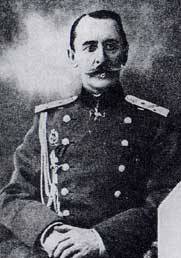
11 Commander A General of Infantry D. G. Shcherbachev
Operations in August - October 1915 in Galicia - on Ceret, near Lutsk and Chartorysk were of major strategic importance for the entire Eastern Front. They led to the stabilization of the front in the Galician theater.
Notes
22. In January, the 41,5 Austro-German infantry. and 8 Kaval. div (over 500000 people, 3000 op.) army group gen. kaval F. von Pflanzer-Baltina, South Germanic (A. infantry A. von Linzingen), Austrian 3 (General Infantry S. Boroevich von Boine) and 4 (General Infantry Archduke Joseph Ferdinand) opposed the 31 Infantry. and 11 Kaval. div (about 400000 people., 1500 op.) South-Western Front (gen. from artil. N. I. Ivanov). And at the end of March, 30 PEKH. (of which 9 is Germanic) and 1 kav. (German general. Kaval. V. von Marshall) divisions (350000 people, 2200 op.) As part of the Austrian 2, one German (Southern) army and the German Beskyd corps (general Kaval. G. von Marwitz) fought Russians 8 (gen. from Kaval. A. A. Brusilov), 9 (gen. from infant. P. A. Lechitsky) by the armies and two separate corps (7 and 22-th army) (23,5 . and 7 cavalry divisions - over 300000 people, 1200 op.). See: Reichsarchiv. Der Weltkrieg 1914 – 1918. B. 7; Österreich-Ungarns Letzter Krieg 1914-1918. B. II; Strategic essay. H. 3; Borisov A.D. Carpathian operation.
23. Reichsarchiv. Der Weltkrieg 1914 – 1918. B. 7. S. 142.
24. Borisov A.D. Carpathian operation. C. 103.
25. Wolf, O. R. Austro-Hungarian Danube Flotilla in World War 1914 - 1918. SPb., 2004. C. 19.
26. Falkengayn E. von Decree. cit. C. 62.
27. Nowak KF Der Weg zur Katastrophe. Berlin, 1919. S. 76.
28. Österreich-Ungarns Letzter Krieg 1914-1918. B. II. S. 270.
29. Oleynikov A.V. Captured in battle. Trophies of the Russian army in the First World War. M., 2014. C. 316.
30. In the course of the tactical breakthrough of the defense of the 3 Army of the South-Western Front, held on 19 – 20 on April 1915 (gave the name of the Gorlitsk operation 19. 04. - 10. 06. 1915), the German 11. Mackensen), Austrian 3-I (general. Infantry S. Boroevich von Boine) and 4-I (general. Infantry, archduke Joseph Ferdinand) of the army (31,5 infantry and 3 caval. Div. - about 400000 people, 2300 op.) They opposed 3-A of the UZF (gen. from infant. R. D. Radko-Dmitriev; 18,5 infantry and about 6 caval. div. - about 300000 people, to 1000 guns). See: Collection of documents. Gorlitsky operation; Reichsarchiv. Der Weltkrieg 1914 – 1918. B. 7; Österreich-Ungarns Letzter Krieg 1914-1918. B. II; Rotkirch T. Fon. Breakthrough of the Russian Carpathian front at Gorlitsy-Tarnov; Strategic essay. H. 4; Bonch-Bruevich M.D. The loss of Galicia by us in 1915; The Battle of Gorlice-Tarnow 2-6 May 1915 g .; G. Kellerman. Breakthrough of the 11 of the German army at Gorlice.
31. Ludendorff E. background. Decree. cit. C. 145.
32. Falkengayn E. background. Decree. cit. C. 111.
33. Rotkirch T. Fon. Decree. cit. C. 79, 87.
34. Reichsarchiv. Der Weltkrieg 1914 – 1918. B. 7. S. 428; B. 8. S. 237.
35. Rotkirch T. Fon. Decree. cit. C. 87.
36. Reichsarchiv. Der Weltkrieg 1914 – 1918. B. 8. S. 236, 252.
37. The 8 Army of the UZF (gen. From the cavalry. A. A. Brusilov; 15,5 infantry and 5 caval. Div. - 200000 people, to 800 op.) Was opposed by the 4 (gen. Infantry, Archduke Joseph Ferdinand), 1 th (feldtseyhmeyster Puhallo von Brlog) and 2 (gen. cavalry. F. Böhm-Ermolli) to the armies (up to 30 infantry and 3 caval. div. to 400000 bayonets, over 2000 op.). See: Reichsarchiv. Der Weltkrieg 1914 – 1918. B. 8; Österreich-Ungarns Letzter Krieg 1914-1918. B. II; Strategic sketch of the war. CH 4.
38. Oleynikov A.V. Decree. cit. C. 317.
39. The 11 Army of the UZF (gen. From infants. DG Shcherbachev; 6 infantry and 1 caval. Div. - to 80000 people, to 300 op.) Resisted the German Southern Army (general infantry von Botmer; to 6 -they infantry div. - over 70000 bayonets, over 400 op.). See: Österreich-Ungarns Letzter Krieg 1914-1918. B. II; Reichsarchiv. Der Weltkrieg 1914 – 1918. B. 7; Reichsarchiv. Der Weltkrieg 1914 – 1918. B. 8.
40. The 9 Army (gen. From Infant. P. A. Lechitsky; 13 infantry and 7 cavalry divisions - to 200000 people, to 700 op.) Opposed the Austro-Hungarian 7 army (gen. Kaval. F. von Pflanzer-Baltin; 9 infantry and 3 cavalier diva - 120000 people, over 700 op.). See Österreich-Ungarns Letzter Krieg 1914-1918. B. II; Reichsarchiv. Der Weltkrieg 1914 – 1918. B. 7; Reichsarchiv. Der Weltkrieg 1914 – 1918. B. 8.
To be continued
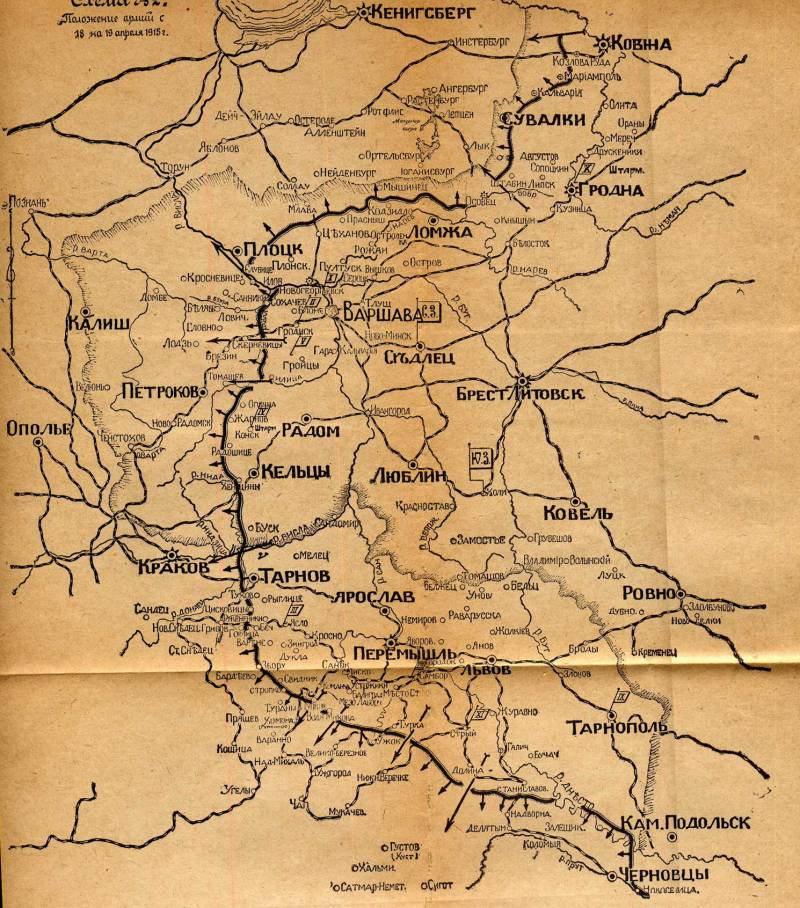
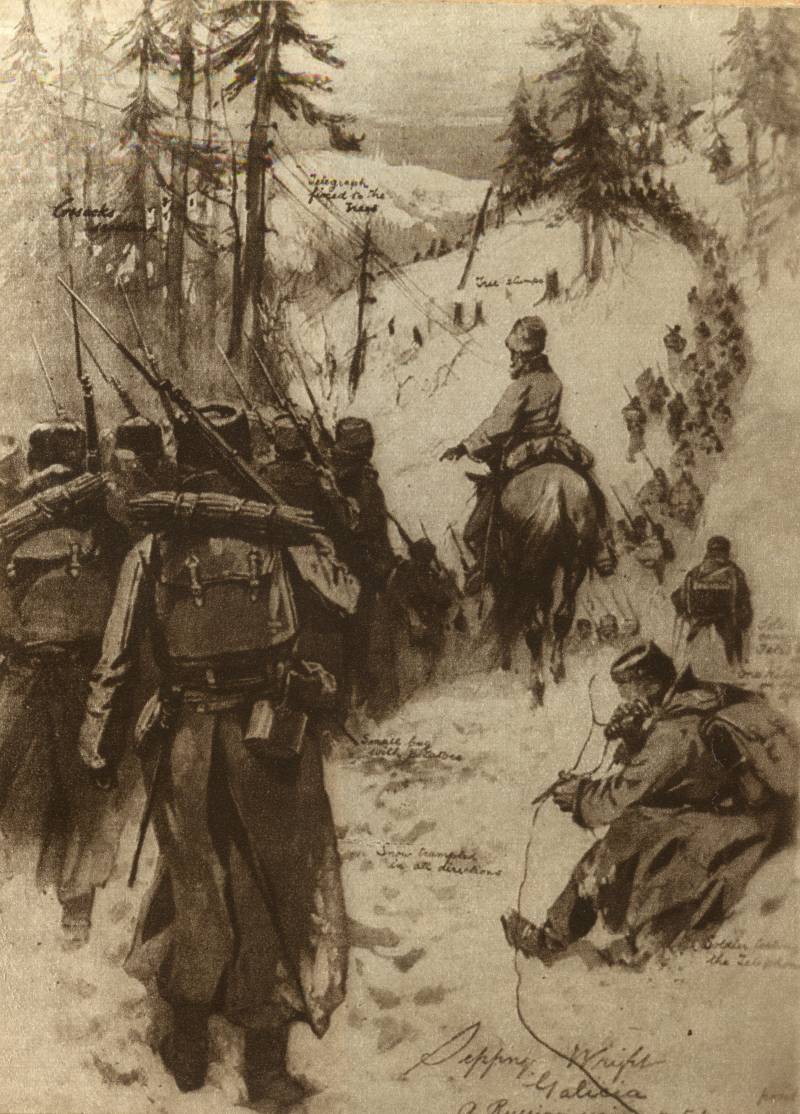
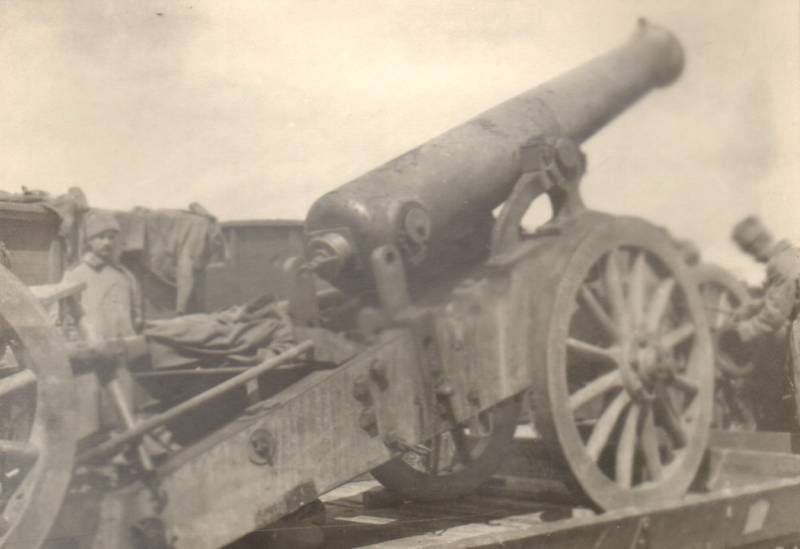
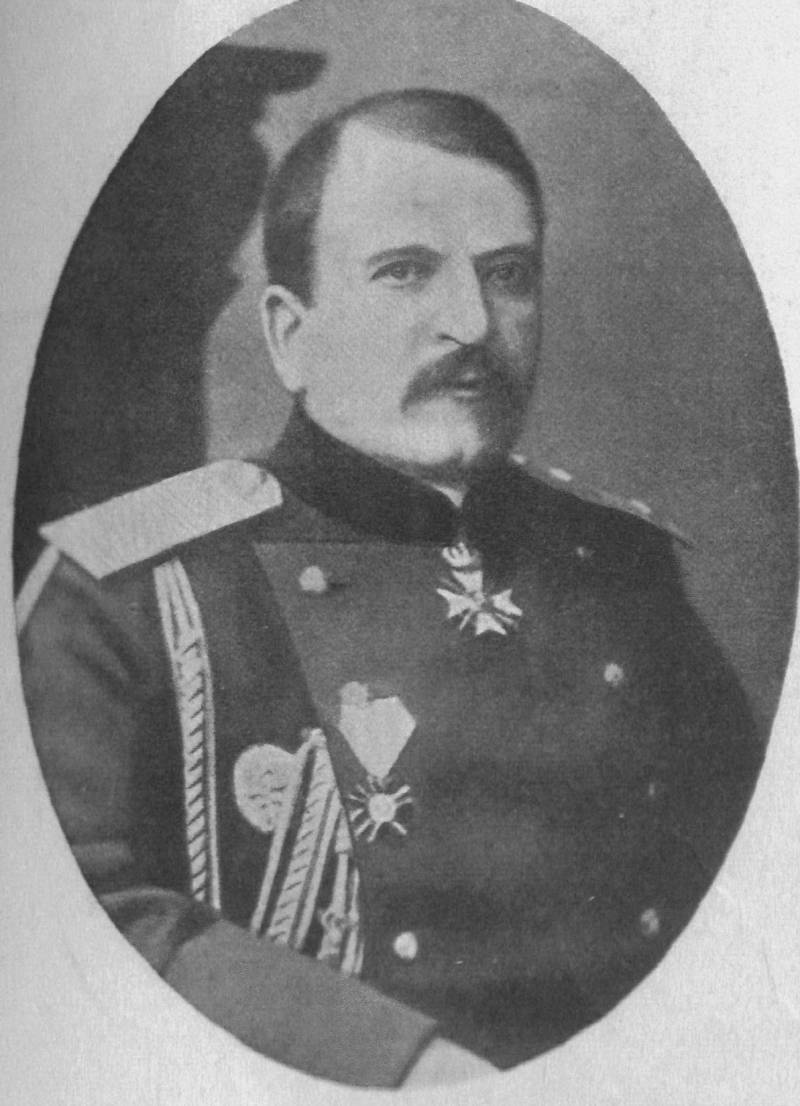
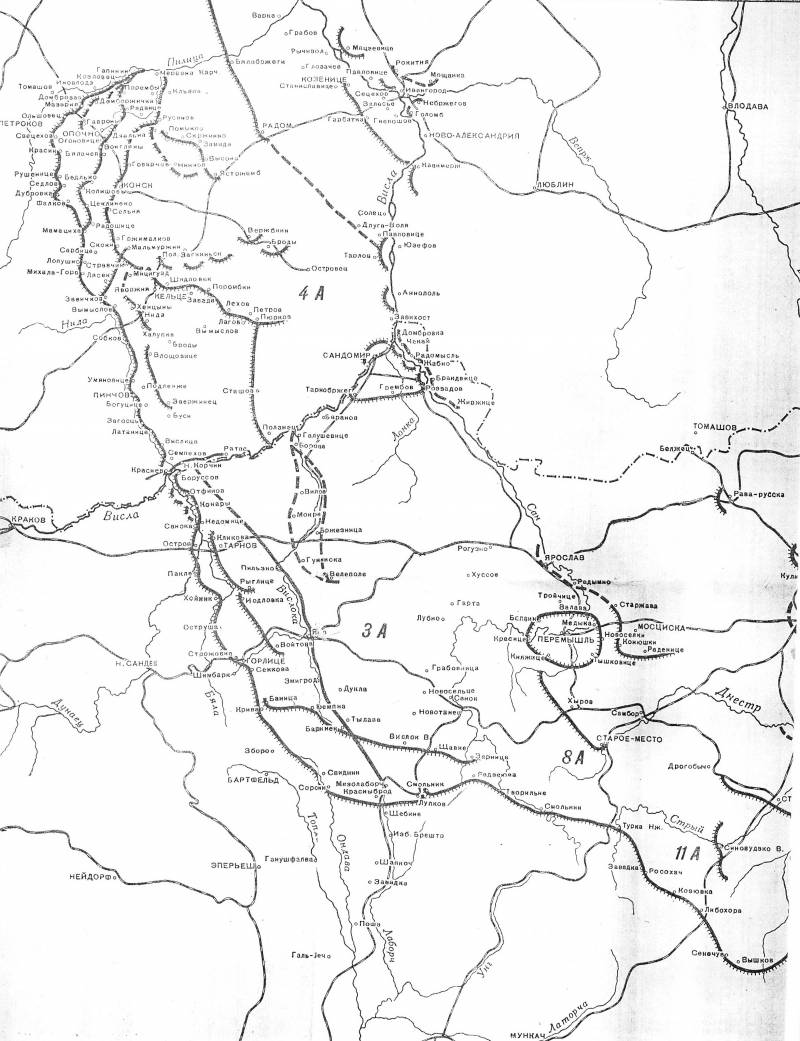
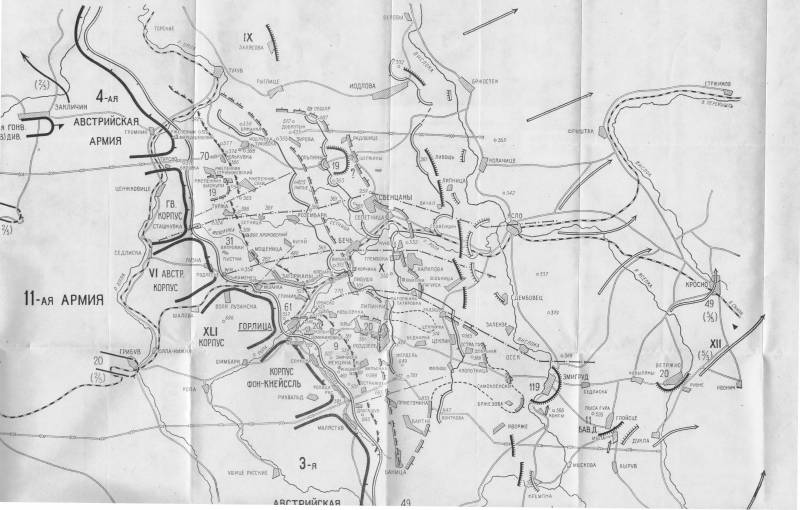
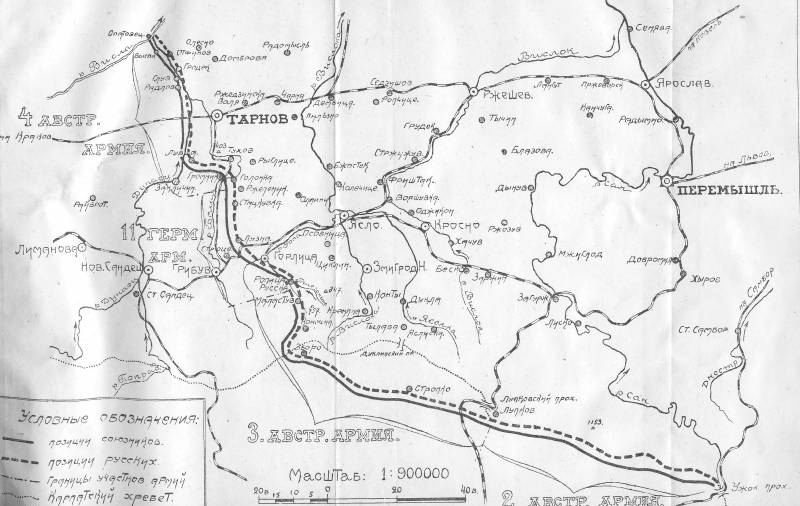
Information